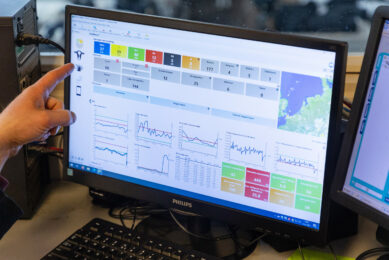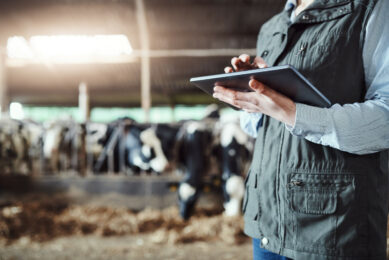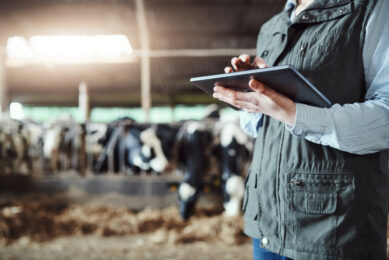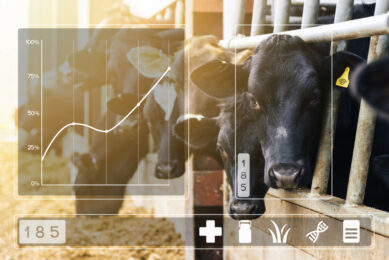Milking machines – from maintenance to hygiene
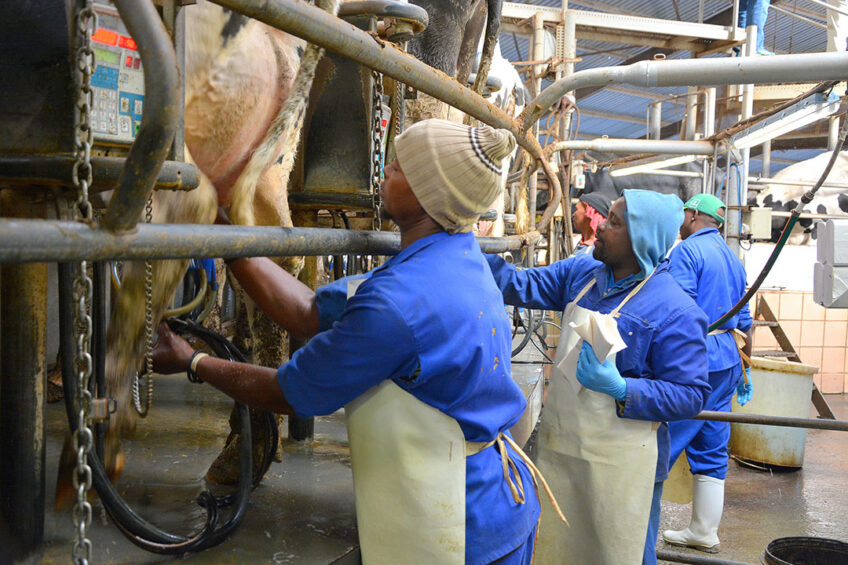
Choosing the correct milking machine is an important decision on any dairy farm, but keeping it clean and well maintained is just as vital when producing food.
Trends across the world show that the number of dairy farms is decreasing, and those that are left are increasing their numbers of cows. This puts more demands on milking machines, which need to be efficient and highly capacble.
In the past, the conventional parallel or herringbone parlour was the traditional choice for dairy farmers, but as herds expand there is greater focus on bigger fast-exit parlours, rotary parlours and robotic units.
Sadly, there are many dairy farmers today milking cows on systems that were installed decades ago and are perhaps no longer efficient. Installing a new parlour represents a huge investment, and there needs to be a secure farm succession plan in place before such expenditure can be justified.
Considering the robots
Some 50 years ago, farmers would have laughed at the idea of robots milking cows, but today, with the lack of labour supply for dairy farms, robots are in big demand.
Although robots are expensive, some dairy farmers find they are the only solution that can make their businesses more efficient. However, while the majority of robots installed are replacing the more conventional parlour, there is a small percentage of robots being taken out and replaced with the traditional style parlour once again.
There are many factors to consider before ordering a robot, and farmers need to sit down with an expert to appraise whether a robot would be viable or not.
Examining the shed layout is the first task required to see if a robot would be a beneficial addition. Remembering that one robot is advised for every 50 cows, farmers should calculate how many they need and where the most logical site would be for them in the shed.
Cows must be able to clearly see the robots and access them with an easy movement flow from their cubicles and feeding area. The robots should also be strategically placed in an area with suitable access to water and feed supply, as well as a connection network to the main milk collection tank.
During the first week of using robots, farmers should entice the cows (with feed) to use them 3 times per day. When the cows get used to the robot they normally average 2.5 – 3 milkings per day in the unit.
Free cow traffic
One of the main milking robot manufacturers, Lely, says free cow traffic in the shed is vital if a robotic system is going to succeed.
With free cow traffic the cows are free to move around the barn, from the feed fence to the robot, the cubicles and water troughs without hindrance from fencing or selection gates.
Lely says that its research on various forms of cow traffic shows that free cow traffic is characterised by higher milk production with less labour and a reduced risk of mastitis. Farmers applying free cow traffic provide their cows with the 5 freedoms and, by doing so, they get the most out of their herd.
Reaseheath College in Cheshire, UK, uses both a conventional parlour and robots to milk its dairy herd in order to give students a better understanding of both systems.
After installing the robots the college said: “Our recently installed automated robotic milking system and its associated data hub are already proving a fantastic asset to our campus farm by delivering training in cutting edge green technology to staff and students.”
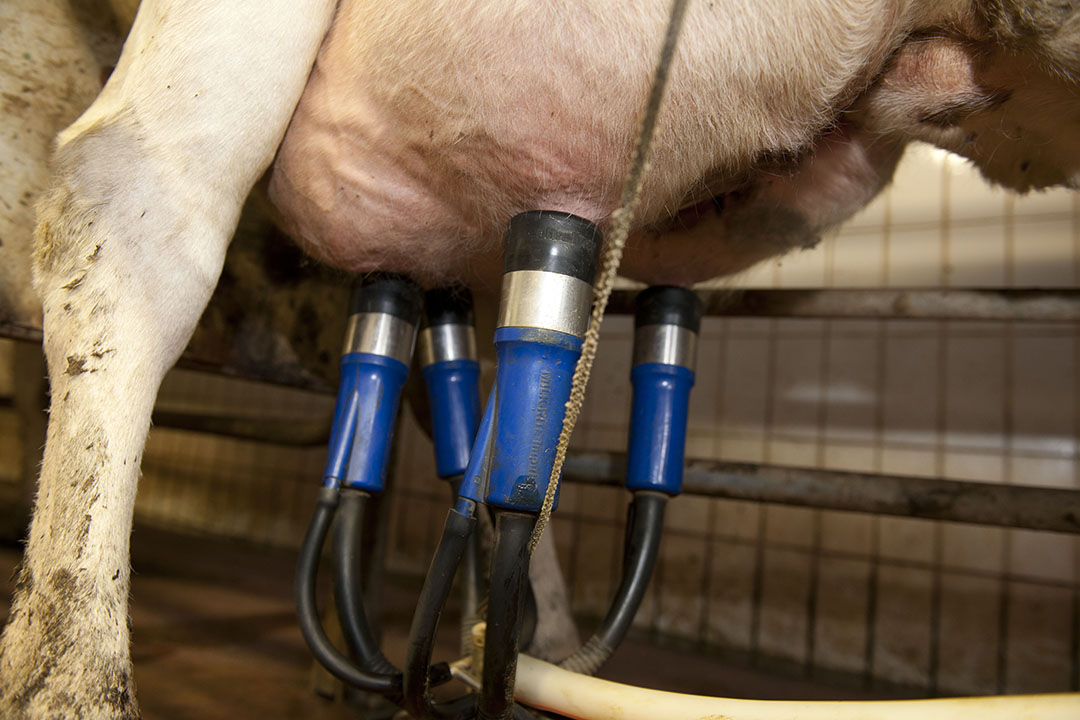
The robotic dairy also has automated feeding and cleaning systems and operates alongside the traditional milking parlour. “T-is gives learners the unique opportunity to directly compare both methods. Selected cows from our high yielding dairy herd are introduced to the robotic dairy shortly after calving and are returned to the conventional parlour and then out to grass on rotation as lactation decreases. Early results show that those on the robotic system choose to make 3.7 visits each day to be milked compared with twice-daily milking on the traditional system. The average daily milk yield per cow has increased to 39 litres, and resting time has lengthened by 3 hours daily, benefitting fertility.”
Milking machine maintenance
As milking machines are the most important pieces of equipment on a dairy farm, they must be maintained properly and cleaned as they can spread bacteria from cow to cow, causing mastitis.
Also, if the milking machine isn’t working properly, it can damage blood vessels in the udder and cause hyperkeratosis, which is a thickening of the skin at the teat end. This limits the cow’s natural defences against mastitis. Hyperkeratosis can be caused by unsuitable vacuum levels, over-milking, inadequate pulsation, excessive liner compression and teat shape.
Parlours require a minor service every 750 operating hours and a more significant service every 1,500 operating hours. Daily checks of the vacuum level should be carried out and set to 40-44 kPa for low-level plants and 44-48 kPa for high-level plants. Pulsation should be regular as well but will need to be tested if out of sync.
A good tip for the claw piece that holds the clusters is to always unblock the air holes, otherwise milk will be removed more slowly from the claw, leading to large fluctuations in the vacuum. If cow teats are discoloured when the clusters are removed, there may be a problem such as high vacuum, poor pulsation, over-milking or incorrect liner selection.
At weekly checks, farmers should look out for twisted liners, check filters on pulsator airlines and check liner condition. Liners should be changed every 2,500 milkings or every 6 months, whichever comes first. Silicone liners have a life expectancy closer to 8,000 milkings.
Checks should also be made on the drain valves on pulsator airlines and the oil level in the vacuum pump. Farmers are also advised to keep an eye on the overall herd milking times and address all the checks if that time is getting longer.



